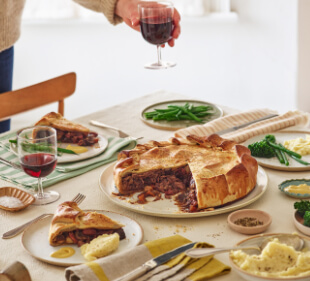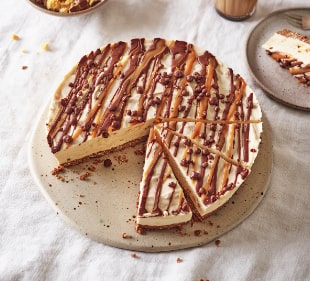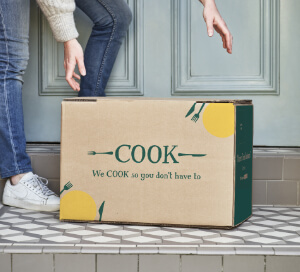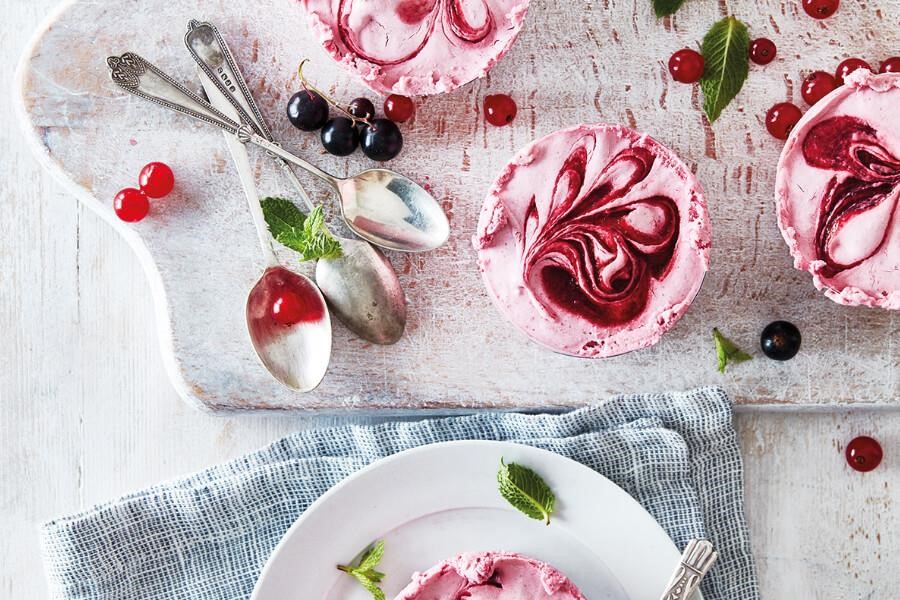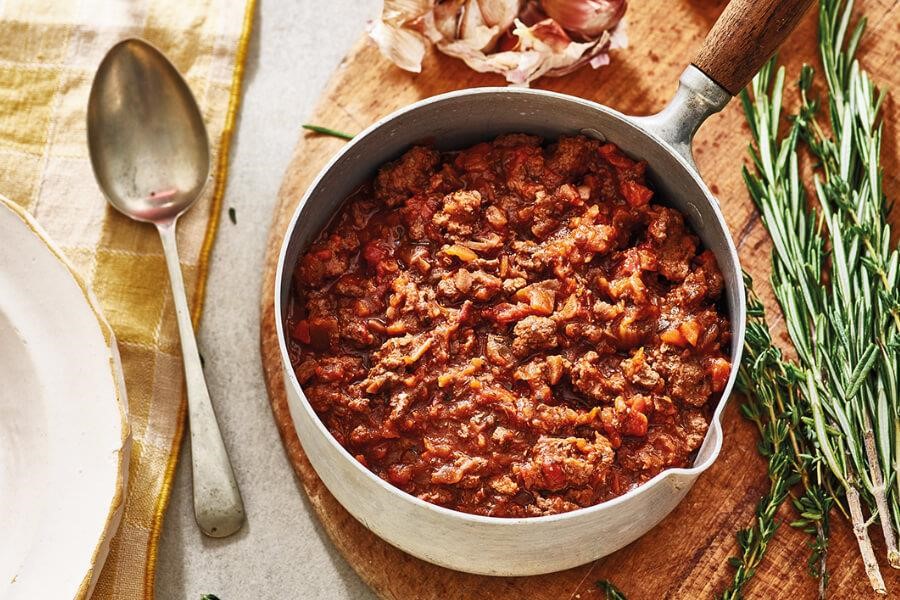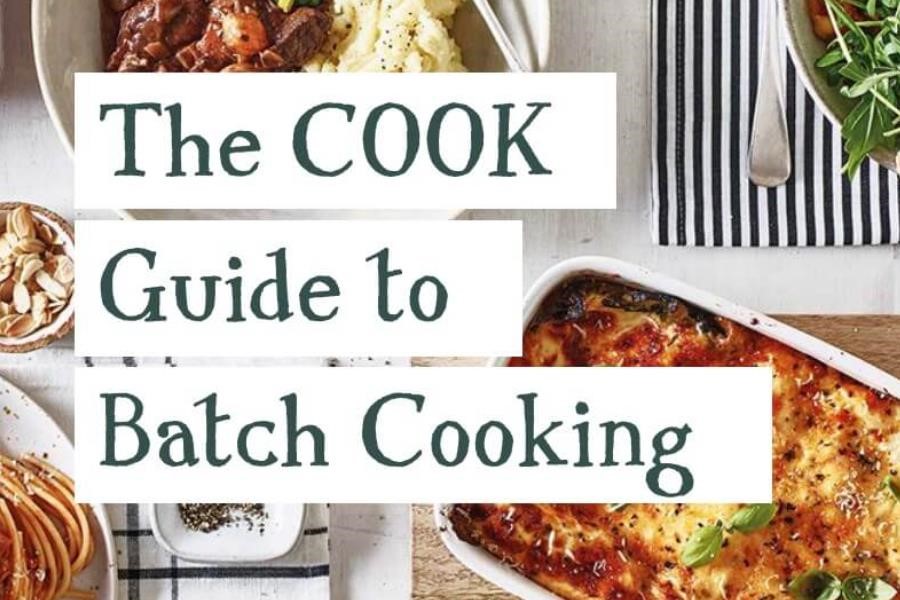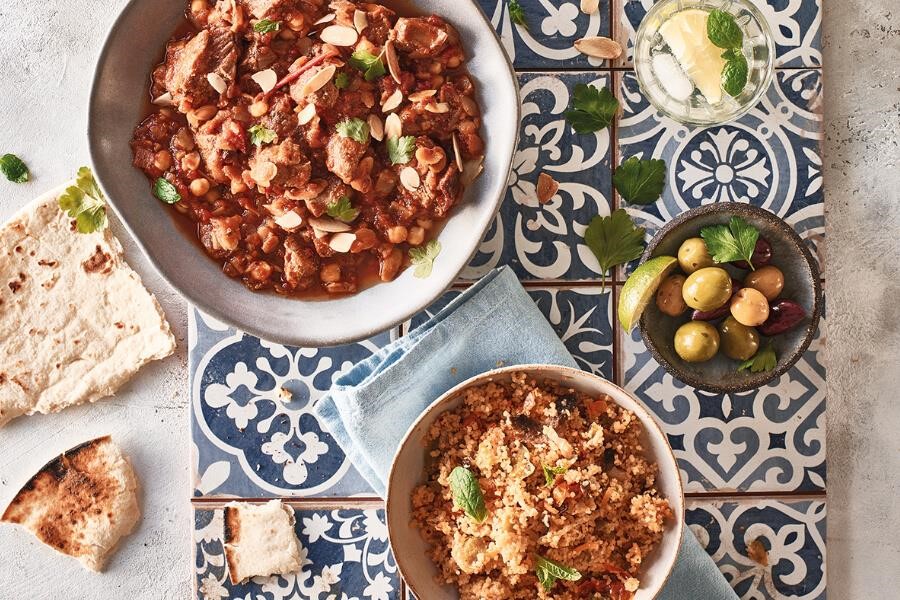
< Back to Main Blog Posted: May 2024
Freeze This, Not That
When it comes to freezing, very little gets a flat no. Freezers are almost all-embracing, throwing their doors open to much of what comes their way. BUT, we all have our limits.
Freezing can damage some foods because ice crystals form and can tear the cell membranes. This doesn’t necessarily mean it’s not safe, but the food loses its crispness or firmness. It explains why commercial freezing (the way we do it at COOK) is done very rapidly, so that the ice crystals that form are smaller, and cause less damage to cell membranes meaning the overall quality is less affected. Here are a few of the ground rules…what is / isn’t on the freezer guest list.


Veggies
The secret lies in blanching vegetables in boiling water before freezing. It’s a quick and easy technique that preserves the flavour, texture and colour by removing surface bacteria and enzymes that cause spoilage and deteriorate the quality. All you do is immerse the veg in a large pan of boiling water for 1-2min until just slightly softened, then immediately drain and plunge into a large bowl of freezing cold water. Drain and dry on a bit of kitchen towel before freezing.
You can do a similar thing with potatoes to give yourself perfect freeze ahead roasties – one of life’s great cheats! Parboil (rather than blanche) in salted water for about 6 minutes, then drain and toss them about a bit in a colander to rough up the sides. Shake over a bit of flour, salt and pepper; spoon over a bit of fat; lay the potatoes on a tray lined with baking parchment and freeze. When you’re ready to use them - when people are starving, but you’re starved of time - just add a bit more fat and shove them straight in a pre-heated oven. Job done.
Chopped onions are also handy to have portioned up in the freezer, for much the same reason. Chop or slice the onions and freeze them raw on trays. Once hard, tip them into a freezer bag so they don’t all stick together. Vegetables you enjoy crisp, that have a high water content, such as celery, lettuce, cucumber, radishes and bean sprouts will end up limp and mushy, so these are best eaten from the fridge not freezer. Oh, and mushrooms aren’t great frozen either.
However, this doesn’t matter a jot when using it for smoothies, coulis, cooking and, most importantly, margaritas. By using frozen fruit straight from the freezer, it can replace the ice. Follow the blanching technique above when freezing fruit to ensure the quality stays as good as possible. Conveniently, you can freeze whole bananas in their skins - again, great for smoothies. Apples can be peeled, sliced, frozen, placed in airtight containers and used in pies or crumble. Alternatively, you can stew with sugar and use to top porridge (which can also be frozen) or muesli. Freeze pears, apricots and plums the same way.
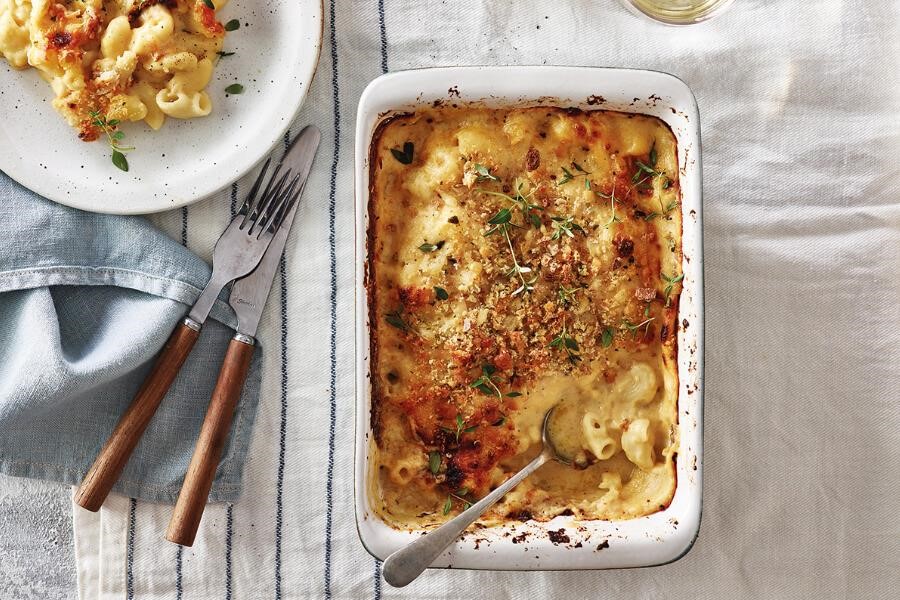
Dairy
Milk in cartons can be frozen (for about a month) unopened if there is a gap between the milk and the lid – all liquids expand as they freeze, so if there isn’t enough room, the lid might pop off or the carton could split. Defrost in the fridge and shake well before using.
Butter’s also fine to freeze for a few months, but cheese is a bit more complicated. Hard cheese (eg. cheddar, parmesan and firm blues) can generally handle freezing, in fact grated cheese can be frozen for up to 4 months and can be used straight from the freezer. However, the high water content of soft cheeses such as brie and camembert results in a weird (just weird, not weird and wonderful) texture when defrosted! So as not to waste though, softer cheeses could be used in a lasagne or a sauce and then frozen.
Yoghurt and cream can be frozen but will need a good stir once defrosted as foods with higher fat contents, tend to separate when frozen.
Poultry
You don’t ever want to fall fowl (sorry!) of a piece of chicken or turkey that has gone bad, so it’s a really good idea to label up poultry. A tightly wrapped whole chook will last a year in the freezer. Turkey will be good for seven months and duck, with its high fat content, six months. But if you only have the various parts of the bird (thighs, wings, breasts etc) then they should only stay in your freezer for nine months. For cooked poultry though, you need to take it out of your freezer within six months.


Fish
Well, this depends on what your catch of the day is…lean fish, such as cod, haddock, hake, plaice, and sole can be kept frozen for about six months. On the other hand, fatty fish, such as salmon, mackerel and tuna, can only be kept frozen for a couple of months. Again, make sure it’s vacuum-sealed, as air will destroy it.
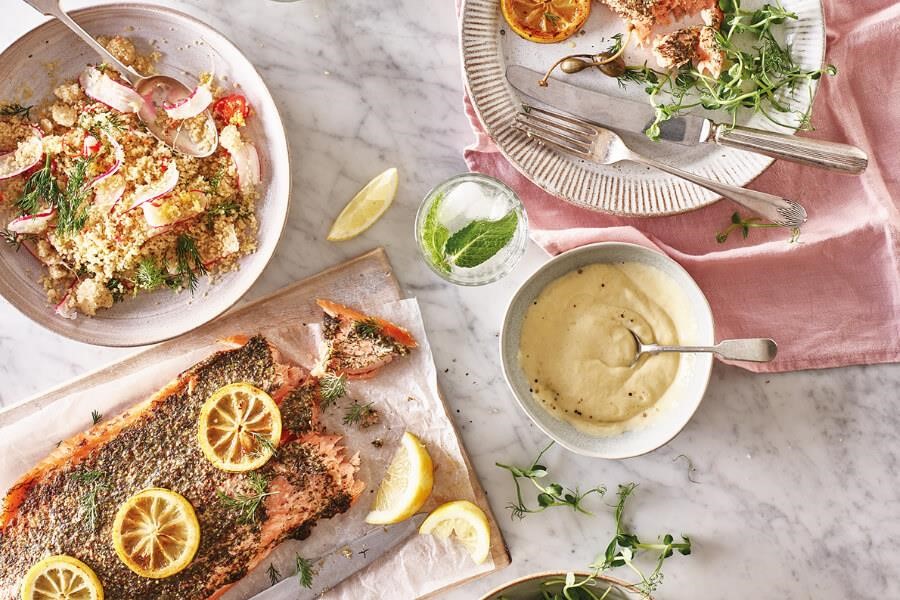
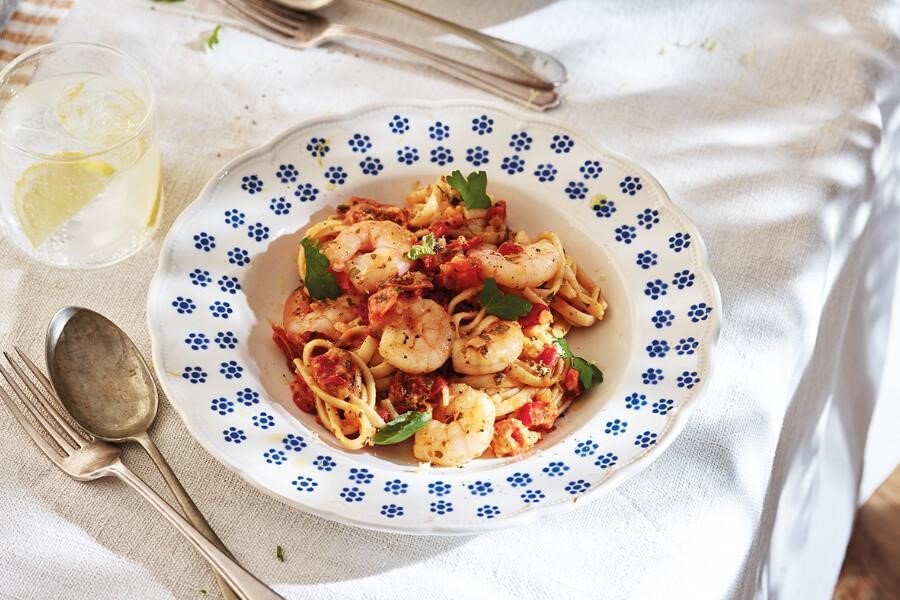
Baked Goods
When it comes to freezing, sugar is your friend. Sugar helps keep cakes’ texture. Sugar, however, can also pick up other aromas, so make sure baked cakes are tightly sealed.

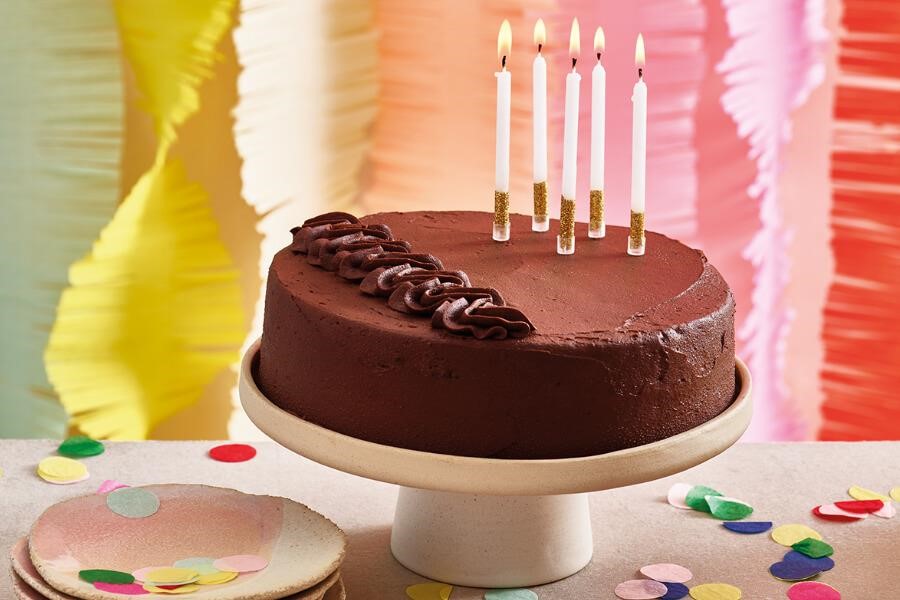
Let’s call it a (freezer) wrap...
If you stock your freezer with the right foods in the right way, you can eat better and stress less because there will always be something homemade to put on the table.

Explore the rest of our blog...
< Back to Main Blog Posted: May 2024










